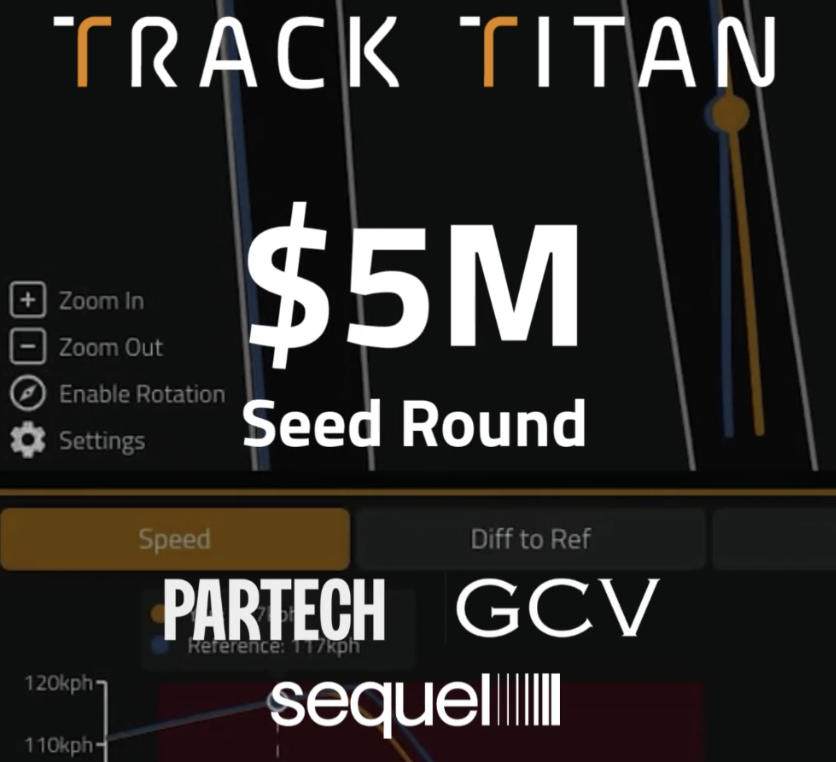How to setup Tyre Pressures
Changing the tyre pressures is one of the most impactful setup changes you can make, in sim racing and in real life! That’s why we’ll explain the ins and outs in this article to get you up to speed with everything you need to know about tyre pressures to get ahead of the competition.
The tyres are the only parts of the car that come into contact with the road (when nothing is going wrong) , which is why they’re one of the most important parts of a cars setup ecosystem. Parts like wings and splitters that generate downforce, supply the tyres with more grip. So if your tyres aren’t set up right, your aerodynamics might be working hard for no real benefit. All the components of a setup might be doing their utter best, but the tyres have to grip the road for them to have any effect. So if your tyres aren’t inflated correctly, your whole setup might fall flat.
On their own the tyre pressures affect three main things:
1. The amount of grip your tyres have
2. The longevity of your tyres
3. and their temperature
First off, pressurising your tyres correctly means that they have a sizable contact patch with the road surface that supplies them with a good amount of grip, without generating too much friction.
If your tyres are overinflated for example, the centre of the tyre will make the most contact with the road. This smaller contact patch that is still carrying the same car, which means the centre of your tyre will degrade faster than if the degradation was spread out over a larger area of the tyre. This means you’re more likely to suffer from overheating tyres, and in the worst case, a punctured one.
Now if your tyres are underinflated they’ll have a larger contact patch with the road, generally giving you more grip. But there’s a delicate balance to be struck here! If you take deflation too far, your tyres will slow down your car because they generate a lot of friction with the road. Underinflated tyres will also experience more degradation on their edges, also leading to a shorter lifespan.
Now that we know how tyres pressures impact the performance of our car, how can we change them to best serve us?
The first thing we want to make sure is that our setup doesn’t have majorly under- or overinflated tyres, so we have to drive a couple of laps to get some heat in the tyres. While driving, we also want to make a mental note of the behaviour of the car. Try to notice if your car has enough grip, or if it feels a little bit sluggish.
After a couple of laps, our tyres should be nice and warm, so take a not of your best lap time.
If the car felt a little sluggish while driving, you’ll want to increase the tyre pressures and see if your car feels more responsive and your performance on track gets better. But if you felt like you didn’t have enough grip, you’ll want to lower the pressure somewhat and see if you can set a better laptime.Generally you’ll have a pressure range in which your tyres perform optimally, and you can play around with it to give your tyres a little bit extra grip by lowering the pressure, or raise the pressure and make it faster on the straights.
Now we’ve got a rule of thumb you can use to get the most out of setting up your tyre pressures based on the track you’re driving.
A track with longer straights, where top speed matters, requires somewhat more inflated tyres because the friction with the road will be reduced and you’ll get more speed out of the car.
Now when you’re driving on a circuit where you spend most of your time in corners, you’ll want to deflate your tyres a little to give you that extra bit of grip in those bendy bits.
In games like Assetto Corsa Competizione, you can also see the status of your tyres on the heads up display when driving giving you a good indication of the inflatedness and temperatures of your tyres. Every tyre is cut into three pieces, the outsides and the middle. A good way to check for under- or overinflation is to look at the centre part of your tyre. If the middle part is smaller than the outsides, your tyre is underinflated and you should increase it’s pressure. Now if the middle part is larger than the edges, it means your tyre is overinflated and you should decrease your tyre pressure. Note that you should check this when you’ve driven a couple of clean laps, so the tyres have had a chance to warm up. Cold tyres might look underinflated when you come out of the pits, but might be set up perfectly once they’re properly warmed up.
If you want an easy way to find out which tyre pressures work best in what circumstances, you can easily analyse the impact of your setup changes for free on tracktitan.io
Now get out on track, pump up those tyres and blast past the competition!
You can use Track Titan to improve your speed! Register here!


























